How to Stop Global Warming: Essential Strategies and Actions
- August 6, 2024
- 0 comment
As our planet faces the escalating challenges of global warming, finding effective solutions has never been more crucial. This article explores essential strategies and actionable steps that individuals, communities, and governments can take to mitigate the impact of climate change. From adopting sustainable practices to leveraging innovative technologies, learn how we can collectively contribute to stopping global warming and safeguard our environment for future generations.
What is Global Warming?
Global warming refers to the ongoing rise in the average temperature of the Earth’s climate system, primarily driven by the increase in greenhouse gases such as carbon dioxide, methane, and nitrous oxide. This phenomenon is a specific aspect of the broader changes impacting our planet, known as climate change, which also includes shifts in precipitation patterns, extreme weather events, and sea-level rise. The primary source of these greenhouse gases is human activities, notably the burning of fossil fuels like coal, oil, and natural gas, as well as deforestation and industrial processes.
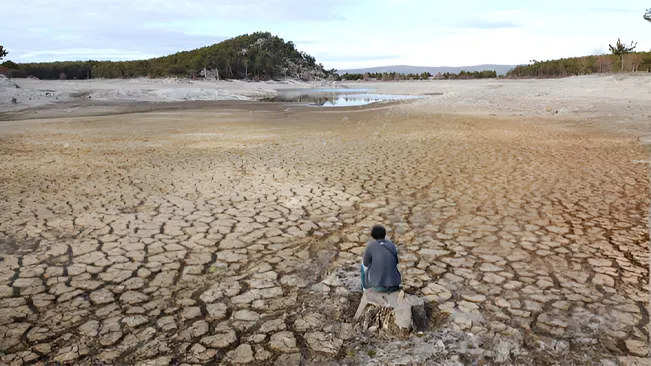
The effects of global warming are profound and far-reaching, influencing every corner of the world. Rising temperatures contribute to the melting of ice caps and glaciers, leading to rising sea levels that threaten coastal regions. Warmer conditions also alter habitats and disrupt the natural processes of wildlife, posing a risk to biodiversity. Furthermore, the increase in heatwaves, droughts, and intense storms not only impacts ecosystems but also poses significant challenges to human health, agriculture, water resources, and infrastructure. Addressing global warming requires a concerted global effort to reduce greenhouse gas emissions, promote renewable energy sources, and enhance sustainability practices.
Global Warming Causes
Burning of Fossil Fuels
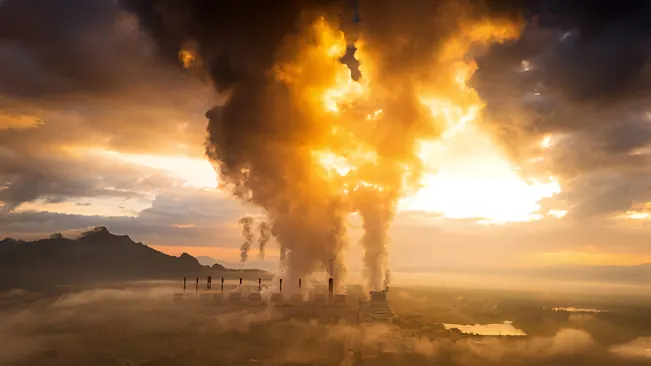
The burning of fossil fuels such as coal, oil, and natural gas is the predominant source of global greenhouse gas emissions. These fuels are primarily used for generating electricity, powering vehicles, and heating buildings. During combustion, carbon stored in these fuels is released as carbon dioxide (CO2), the most significant greenhouse gas contributing to global warming. The relentless increase in fossil fuel consumption has led to higher concentrations of CO2 in the atmosphere, intensifying the greenhouse effect and accelerating climate change. Efforts to reduce these emissions focus on enhancing energy efficiency and transitioning to renewable energy sources.
Deforestation
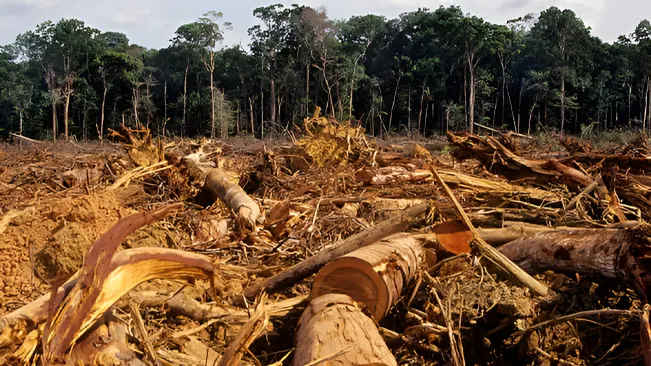
Forests are vital for maintaining the balance of CO2 in the Earth’s atmosphere. They absorb CO2 through photosynthesis, converting it into biomass. When forests are cleared for agriculture, urban development, or logging, this stored carbon is released back into the atmosphere, contributing to global warming. The destruction of forests also diminishes the Earth’s capacity to absorb existing CO2. Protecting and restoring forests are thus critical strategies in combating climate change, as they not only sequester CO2 but also preserve biodiversity and regulate hydrological cycles.
Industrial Processes
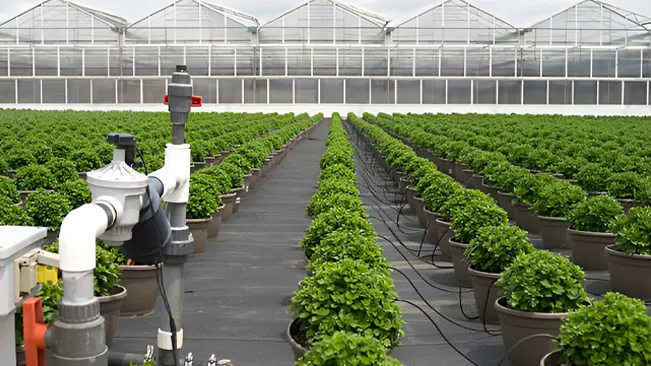
Industrial activities contribute significantly to global warming by emitting a variety of greenhouse gases. Manufacturing processes, particularly in the chemical, metal, and cement industries, produce CO2, methane (CH4), nitrous oxide (N2O), and fluorinated gases through both chemical reactions and the combustion of fossil fuels. For instance, the production of cement releases CO2 when limestone (calcium carbonate) is heated, producing lime (calcium oxide). Reducing these emissions involves improving process efficiency, recycling materials, and adopting technologies that capture and store emissions before they reach the atmosphere.
Agriculture
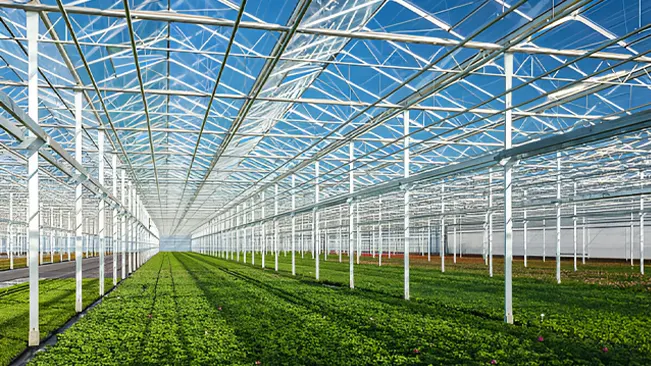
Agriculture emits greenhouse gases through several mechanisms. Methane, a potent greenhouse gas, is released by ruminant animals like cows and sheep during digestion. Nitrous oxide, another significant greenhouse gas, is emitted from soils, particularly after the application of synthetic and organic fertilizers. Both gases have a greater warming potential than CO2. Practices such as improved livestock management, optimized fertilizer use, and conservation agriculture can help reduce these emissions and mitigate agriculture’s impact on global warming.
Waste Management

The decomposition of organic waste in landfills generates methane, a greenhouse gas that contributes significantly to global warming. Methane is produced anaerobically (without oxygen) and is released into the atmosphere if not properly managed. Modern waste management strategies, such as increased recycling and composting, along with the capture of landfill gas for energy production, can significantly reduce methane emissions from this sector.
Residential and Commercial Energy Use
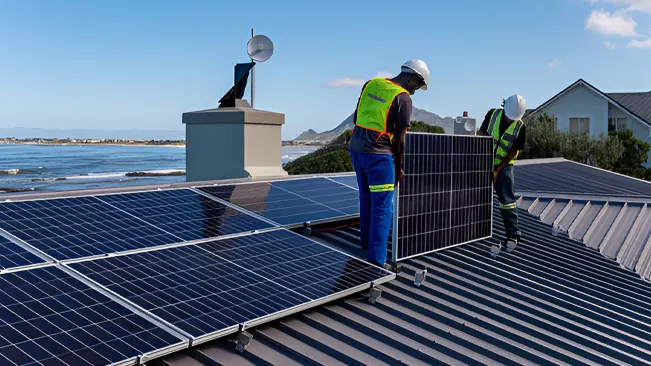
Homes and businesses consume energy primarily for heating, cooling, lighting, and operating appliances. Much of this energy still comes from the burning of fossil fuels, contributing to the emissions of CO2 and other pollutants. Improving building insulation, installing energy-efficient appliances, and shifting to renewable energy sources like solar and wind can significantly decrease the carbon footprint of residential and commercial buildings. Energy efficiency not only reduces emissions but also lowers energy costs for consumers.
Global Warming Effects
Temperature Increases

Global warming causes a sustained increase in temperatures across the globe, leading to more frequent and severe heatwaves. These high temperatures can exacerbate the conditions of drought, strain water resources, and increase the risk of wildfires. Urban areas often experience these impacts more acutely due to the urban heat island effect, where cities become much hotter than their rural surroundings due to human activities and concentrated energy use. Additionally, extreme heat poses severe health risks, particularly for vulnerable populations such as the elderly, children, and those with pre-existing health conditions, increasing incidences of heatstroke and dehydration.
Extreme Weather

The intensification of weather patterns due to global warming leads to increased frequency and severity of extreme weather events. This includes heavier rainfall and more intense storms, which can result in widespread flooding, damage to infrastructure, and disruptions to communities. On the flip side, the alteration in weather patterns can also lead to prolonged dry periods, resulting in severe droughts that affect water supply, and agriculture, and lead to food shortages. Both flooding and droughts can have devastating economic impacts, affecting livelihoods and increasing the cost of living and recovery.
Melting Ice and Rising Sea Levels
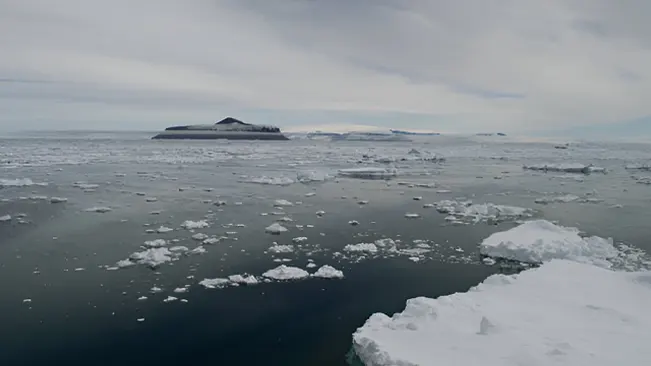
The accelerated melting of glaciers, ice caps, and polar ice sheets is one of the most dramatic effects of global warming. This melting contributes to rising sea levels, which threaten coastal and island communities with erosion, increased flooding, and storm surges. Additionally, the reduction of ice-covered areas also diminishes the Earth’s albedo effect, which refers to the ability of the Earth’s surface to reflect sunlight back into space. As ice melts, darker ocean or land surfaces are exposed, absorbing more heat and further exacerbating global warming. This positive feedback loop accelerates changes in the climate system.
Ocean Changes

Oceans play a critical role in regulating the Earth’s climate by absorbing excess heat and carbon dioxide from the atmosphere. However, increased CO2 levels lead to ocean acidification, which severely impacts marine life, particularly organisms that rely on calcium carbonate to form their shells and skeletons, like corals, mollusks, and some plankton species. Warmer oceans also disrupt marine ecosystems through changes in species distribution and reproductive patterns, threatening fisheries and the livelihoods of communities that depend on them. The disruption of marine food chains can lead to a decrease in fish stocks, impacting food security globally.
Impacts on Ecosystems and Biodiversity

Global warming induces shifts in climate zones, altering natural habitats and putting species at risk of extinction if they cannot migrate or adapt quickly enough. These changes disrupt ecological balances, leading to reduced biodiversity which can compromise ecosystem services such as pollination, water purification, and flood regulation. For example, forests, wetlands, and oceans, which are vital carbon sinks, become less effective at sequestering carbon as they are degraded or their compositions change. This loss of biodiversity not only affects natural environments but also the agricultural and medicinal resources they provide, which are crucial for human survival.
Human Health and Social Impact

The health implications of global warming are extensive and multifaceted. Increased temperatures and altered weather patterns contribute to air quality issues, respiratory illnesses, and the spread of diseases. For instance, warmer temperatures can expand the range and season of mosquitoes carrying malaria and dengue fever. Climate change also triggers migration and displacement due to resource scarcity, extreme weather events, and rising sea levels, potentially leading to increased conflict and social tension. Addressing these challenges requires resilient health systems and social structures, as well as proactive measures to mitigate and adapt to changing climatic conditions.
Global Warming Prevention
Transition to Renewable Energy
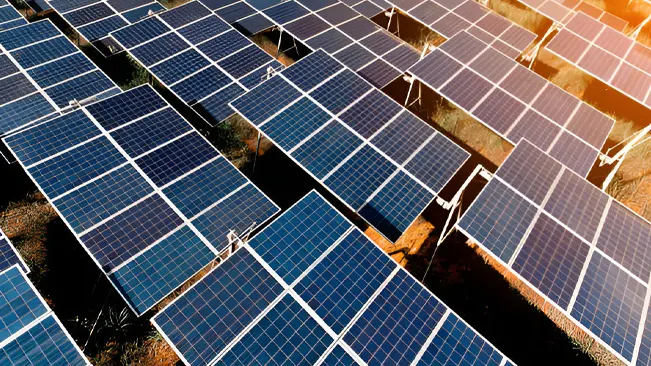
One of the most effective ways to prevent global warming is to reduce reliance on fossil fuels for electricity generation, heating, and transportation. This involves transitioning to renewable energy sources such as solar, wind, hydroelectric, and geothermal power. Investing in renewable energy technology not only reduces carbon emissions but also promotes energy security and creates job opportunities in new industries.
Energy Efficiency
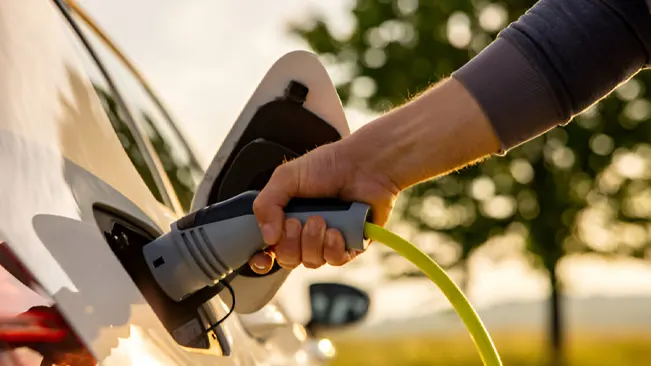
Improving energy efficiency in buildings, vehicles, and industries can significantly reduce the overall demand for energy and thus the amount of fossil fuels burned. This can be achieved through better insulation in buildings, more efficient appliances, and advanced manufacturing processes. In the transportation sector, promoting the use of electric vehicles, improving fuel economy standards, and enhancing public transportation networks can cut down on oil consumption and emissions.
Reforestation and Afforestation

Forests are vital carbon sinks; therefore, protecting existing forests and planting new ones can effectively absorb CO2 from the atmosphere. Reforestation (replanting trees in deforested areas) and afforestation (planting trees in areas that have not been forested) increase the area of land covered by forests, thereby enhancing the Earth’s ability to moderate the climate. These actions also contribute to biodiversity conservation and water cycle regulation.
Sustainable Agriculture

Agriculture contributes significantly to global warming through practices that emit methane and nitrous oxide. Implementing sustainable agricultural practices such as reduced tillage, optimized use of chemical fertilizers, and integrated pest management can lower these emissions. Additionally, adopting agroforestry and organic farming practices not only helps in carbon sequestration but also improves soil health and productivity.
Carbon Pricing and Regulation

Implementing carbon pricing mechanisms such as carbon taxes or cap-and-trade systems can provide economic incentives to reduce greenhouse gas emissions. These financial strategies make it cost-effective for businesses and industries to invest in cleaner alternatives. Regulatory measures, such as setting stricter emission standards and requiring greater transparency in carbon reporting, can also drive significant reductions in greenhouse gas emissions.
Public Awareness and Education
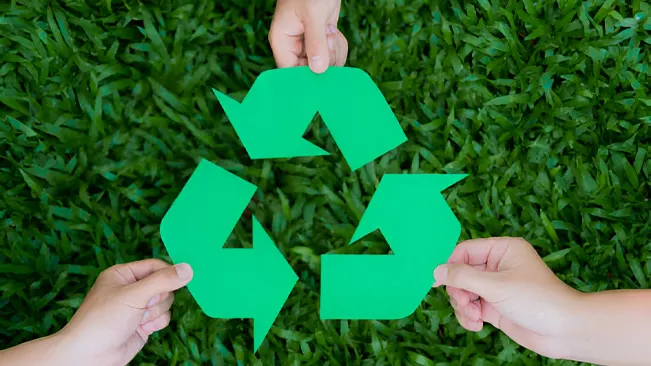
Educating the public about the causes, impacts, and prevention of global warming is crucial for fostering community-level initiatives and encouraging sustainable behaviors. Awareness campaigns can motivate individuals to take action, such as reducing energy use, recycling, and supporting sustainable policies and businesses.
International Cooperation

Global warming is a global issue that requires coordinated international efforts. International agreements and collaborations, such as the Paris Agreement, aim to unite countries in the fight against climate change by setting ambitious carbon reduction goals and supporting each other through funding and technology transfer.
Conclusion
Global warming presents an urgent and pervasive challenge that affects every aspect of our natural world and human society. The continued rise in global temperatures, driven by the accumulation of greenhouse gases from human activities, calls for immediate and sustained action. Preventing global warming requires a collective effort to transition to renewable energy sources, enhance energy efficiency, protect and restore forests, and innovate sustainable agricultural practices. By embracing these changes, humanity can curb the detrimental impacts of climate change, ensuring a healthier, more sustainable planet for future generations.
FAQ’s
- What is global warming?
Global warming refers to the long-term increase in Earth’s average surface temperature due to human activities, particularly the emission of greenhouse gases like carbon dioxide and methane from burning fossil fuels, deforestation, and industrial processes. - How does global warming affect the environment?
Global warming impacts the environment in several ways, including rising temperatures, more extreme weather events like hurricanes and droughts, melting ice caps and glaciers, rising sea levels, and disrupted habitats for wildlife and marine life. - Can global warming be stopped?
While we cannot completely stop the effects that have already been set in motion, global warming can be significantly mitigated through concerted global efforts to reduce greenhouse gas emissions, adopt renewable energy, and improve energy efficiency. - What can individuals do to help prevent global warming?
Individuals can contribute by reducing their carbon footprint, such as by using energy-efficient appliances, reducing waste, using public transportation or electric vehicles, supporting renewable energy projects, and advocating for policies that aim to reduce emissions. - Why is international cooperation important in combating global warming?
Global warming is a global issue that knows no borders, and its effects are felt worldwide. International cooperation ensures that efforts are coordinated, resources are pooled, and effective strategies are implemented across nations to address and mitigate climate change comprehensively.

Joel Cunningham
Forestry AuthorI'm Joel Cunningham, an expert in pruning and weed management with over a decade of experience. My skills are rooted in formal training and extensive practice, focusing on advanced pruning techniques and efficient weed control. I'm known for my quality work, precision, and deep understanding of plant health and soil dynamics. My contributions extend to educational initiatives where I share sustainable practices and advice, establishing myself as a reliable and authoritative figure in the gardening community.






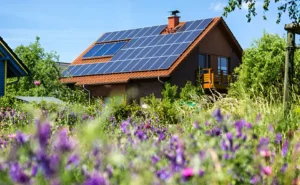




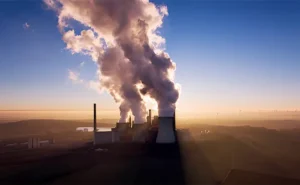

Leave your comment